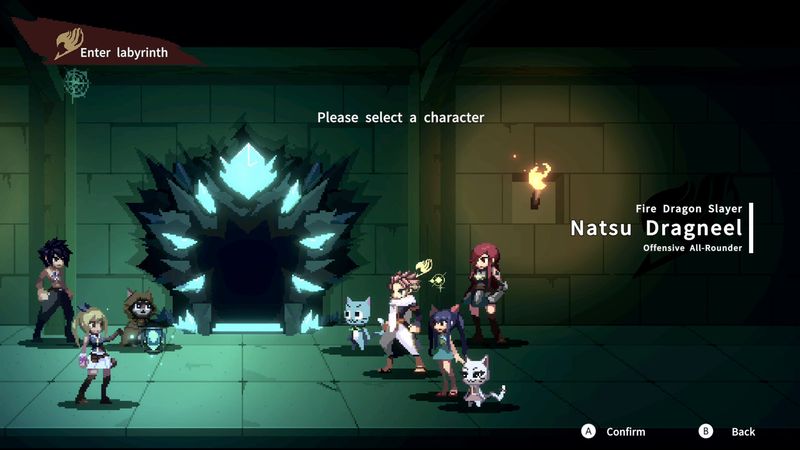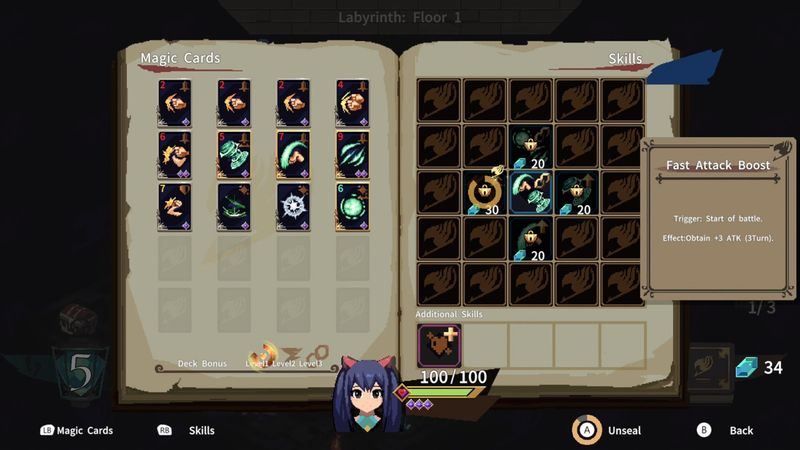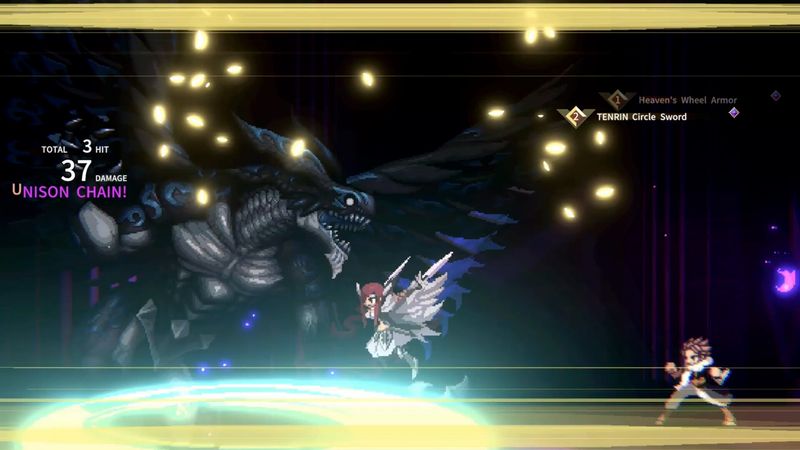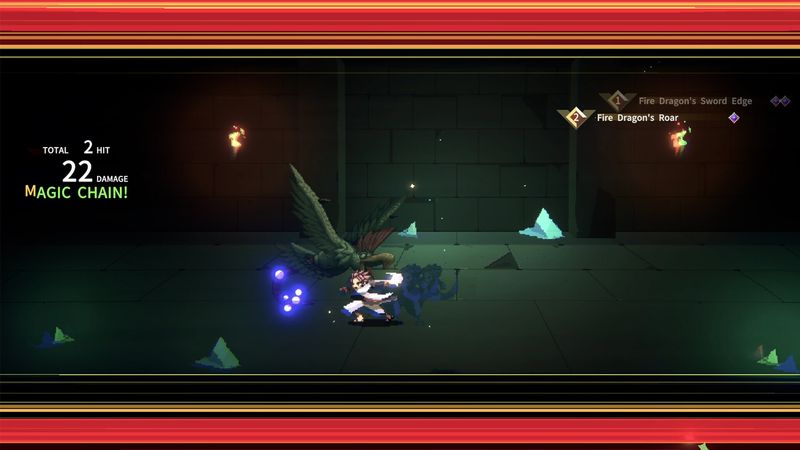I approach Fairy Tail: Dungeons with rigorous eyes. This deck-building rogue-lite by ginolabo and Kodansha blends familiar anime flair with procedural challenge. On release day, I dove deep, testing every character and strategy. Below, you’ll find my detailed findings.
Overall Impressions
Right from the start, I sensed charm in every dungeon corridor. The game stands out for its faithful Fairy Tail animations and card art. I felt the thrill of building decks around Natsu’s Fire Dragon Roar and Erza’s requip steel armor. That said, I also encountered flat stretches. Runs average 20 to 30 minutes, and after a few hours, the core loop began to feel repetitive. When I compared it to genre leaders like Slay the Spire or Monster Train, I missed deeper deck-synergy options. Still, Fairy Tail: Dungeons offers a breezy gateway into deck-building RPGs for anime fans who crave a lighter rogue-lite experience.

Gameplay Mechanics
Every run begins with a choice among four guild members. While each hero offers unique card pools, major strategies remained similar. For example, I built aggressive burn decks with Natsu and defensive counter decks with Juvia. Combat flows smoothly—you play cards, manage magic points, and face random events. Ginolabo’s RNG system adds excitement, but at times it skews outcomes. As one reviewer noted, “deck building feels luck based rather than strategy.” I agree that occasional card droughts can nullify careful planning. Still, standout moments appear when you chain Lucy’s lock-on arrows into Gray’s ice shield, creating lethal combos. To that end, I recommend targeting specific synergies early—it heightens tactical depth and helps offset RNG frustrations.

Story and Characters
Fairy Tail: Dungeons weaves light narrative threads between battles. After every few floors, you encounter a brief scene showcasing guild camaraderie and teasing iconic villains like Mavis Vermillion. Although it’s not a full visual novel, the story captures the series’ spirit. I enjoyed interactions between Natsu and Happy, along with Erza’s teasing banter. However, veteran gamers seeking a robust plot might find this light, since the game relies on character familiarity more than fresh story arcs. As a hardcore strategist, I valued the crisp character cards over lengthy cutscenes.
Visuals and Graphics
Ginolabo crafts crisp 2D anime art for cards and portraits. In fact, every magic card features dynamic animation when you play it. Dungeon tilesets vary from icy caverns to fire-scarred ruins, each rendered with high color contrast. I often paused to admire Erza’s requip sequence as it transitions across the battlefield. At the same time, the UI stays clear under pressure—showing your hand, energy, and deck status without clutter. On both PC and Switch, frame rates held steady, which kept battles seamless and visually engaging.

Sound and Music
The soundtrack combines orchestral swells with rock-inspired guitar. Tracks adapt to dungeon themes, adding tension or relief at the right moments. I felt the pulse quicken whenever I faced a floor boss. Plus, card sound effects—like Lucy’s arrow release and Natsu’s firebursts—echo the anime faithfully. That said, the game lacks extensive voice acting beyond short battle cries. While I relish strategic gameplay, more voice lines would further immerse fans in the Fairy Tail world.

Difficulty and Replayability
In terms of difficulty, this rogue-lite aims toward accessibility. As one player review mentioned, they finished in four hours without ever dying. I also found early runs manageable, even on hard mode. Boss patterns become predictable after two or three encounters. Yet replay value emerges through card unlocks and guild-member artifacts. Each run may reward you with a rare skill or a new passive. I logged roughly 15 hours to unlock every card and artifact; at that point, I felt prepared to craft specialized builds. Still, late-game balance suffers. Enemy health spikes can cause abrupt difficulty swings, so proper tuning in a future patch could smooth those spikes.
Developer Trivia and Behind-the-Scenes
Ginolabo began as a one-man studio focusing on mobile RPGs. The team grew to ten developers for Fairy Tail: Dungeons. Kodansha’s collaboration introduced strict quality controls on character likeness and storytelling. I learned at Anime Expo 2023 that the soundtrack composer once worked on the original Fairy Tail TV series. That heritage explains the music’s faithful nods to the anime’s motifs.

Conclusion and Score
Fairy Tail: Dungeons brings a light yet engaging deck-building rogue-lite to both anime fans and newcomers. It shines in presentation, faithful character work, and smooth combat. It falls short in deck-building depth and late-game balance. I recommend it to strategic players seeking quick runs within a beloved universe. Hardcore gamers craving heavy roguelike complexity may find it too easy. On balance, I grant Fairy Tail: Dungeons 3.5 out of 5 stars.

Stars: ★★★½
Strengths: Engaging art, faithful anime integration, solid card animations.
Weaknesses: RNG-heavy deck building, uneven difficulty spikes, brief run times.

If you’re a Fairy Tail devotee or deck-builder seeking a lighter rogue-lite, give it a try. Hardcore veterans should watch for future updates to deepen strategy and balance.

